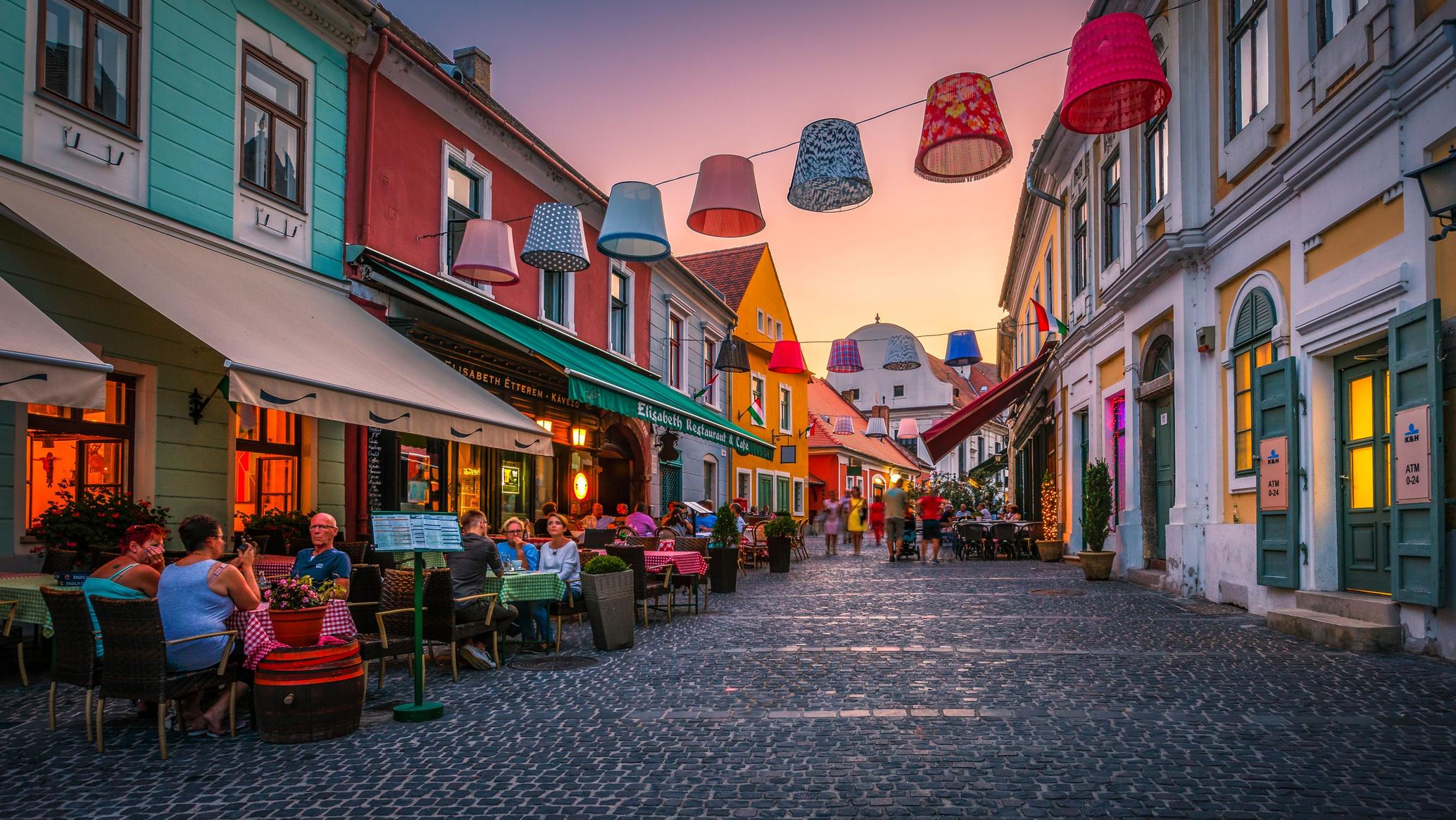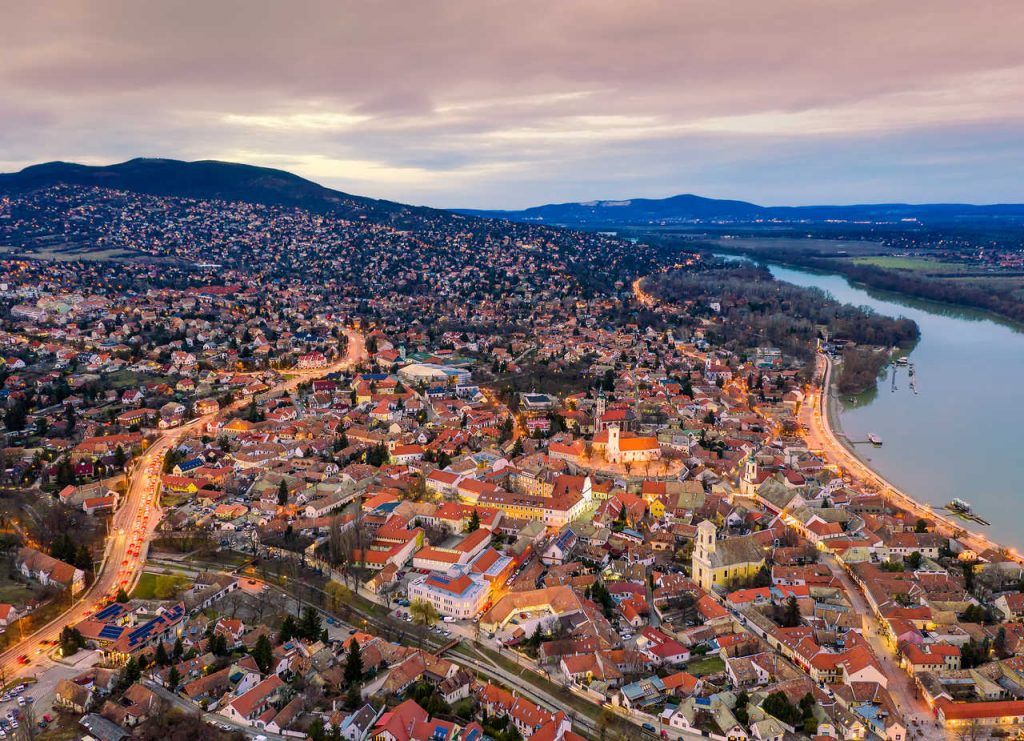



Szentendre is a Hungarian town on the Danube River, north of the capital, Budapest. It’s known for its baroque architecture, churches, colorful houses and narrow, cobbled streets. The main square, Fő Tér, and the alleyways around it are lined with art galleries, museums and shops. Just off the square, the 18th-century Greek Orthodox Blagovestenska Church has elaborate decor and an ornate partition screen.
Spring (April–June) and Autumn (September–October) are ideal with pleasant weather and fewer tourists.
Summer (July–August) is lively with festivals and open-air events.
Winter (December) is cozy, especially during Advent and Christmas markets.
From Budapest:
By HÉV (Suburban Train): Take the H5 line from Batthyány tér (~40 minutes).
By Boat (in summer): Danube riverboats run between Budapest and Szentendre (~1–1.5 hours).
By Car: ~20 km from Budapest (~30 minutes).
Main Square (Fő tér): Colorful Baroque buildings and vibrant street life.
Serbian Orthodox Church and Museum: Reflects the town’s Balkan heritage.
Margit Kovács Ceramic Museum: Showcasing Hungary’s most famous ceramic artist.
Szentendre Open-Air Ethnographic Museum (Skanzen): A large folk village museum.
Szabó Marzipan Museum: Miniature sculptures made entirely of marzipan!
Wander the cobblestone alleys and pop into art galleries and craft shops.
Visit museums, churches, and the riverside promenade.
Take a bike ride or walk along the Danube.
Try your hand at art workshops or ceramics classes.
Attend folk music events, Easter/Summer/Advent fairs, or the Wine Festival.
Boutique Hotels: Bükkös Hotel & Spa, Mathias Rex Guesthouse.
Charming Inns: Centrum Panzió, Horváth Fogadó.
Budget Options: Local B&Bs and Airbnb rentals.
Local Delicacies: Goulash, lángos, grilled sausages, marzipan treats.
Top Dining Spots:
Aranysárkány Restaurant: Traditional Hungarian cuisine.
Mjam Bistro: Creative dishes with vegetarian options.
Cafe Dorothea: Great for coffee, cake, and people-watching.
Kacsakő Bisztró: Riverside spot with modern European plates.
Known as an artists’ colony, with roots dating back to the early 20th century.
Strong Serbian, Hungarian, and Balkan cultural influences.
Popular for handmade crafts, ceramics, folk art, and gallery exhibitions.
Street musicians, painters, and open-air markets add to the bohemian charm.